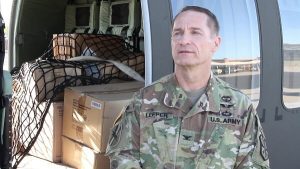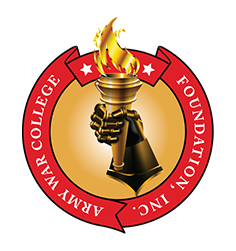Tom Leeper, RES ’19
I am the Arizona Army National Guard State Surgeon. I have been a member of the Joint Task Force Arizona since March 18th in support of the State’s efforts to combat the effects of the COVID-19 pandemic. We stood up Joint TF MED comprised of Army and Air Guard health professionals from physicians to medics. We perform planning functions, Force Health Protection functions, JRSOI functions (medically screen Soldiers and Airmen who are coming on active duty orders), provide medical advice to the AZ NG TAG and JTF Commander, provide direct support to the Arizona Department of Emergency and Military Affairs (DEMA), and provide direct assistance (via strike force) to medical facilities in extremis. AZ NG teams have assessed multiple health care facilities and offered methods to improve Incident Command processes, streamline operations, and properly utilize resources to realize maximum benefit from them. We have provided health care facilities training and planning for patient movement. In addition to the various issues at the state level, I have been involved in direct support to the Navajo Nation (NN), which has been the COVID hot spot in Arizona. Both the infection rates and instances of critical illness by COVID have skyrocketed on the NN. In late March, I took an eight-person Army National Guard medical team (strike force) to Tuba City Regional Healthcare Center as the result of a distress call. Health care systems in Northern Arizona are stressed both with respect to shortages of medical materiel and staffing. Personal protective equipment (PPE) is universally short and drastic measures are being undertaken to conserve this resource. Staff absenteeism is high due to illness, fear, and family care commitments. The hospitals on the Navajo and Hopi Nations are small (most 70 beds or less) and critically-ill patients must be transferred over vast distances to tertiary care facilities. Since the COVID outbreak, we have flown and driven hard-to-get items of PPE to hospitals in the Navajo and Hopi Nations. I deployed a medical liaison officer (LNO) to Northern Arizona to focus on the Navajo and Hopi Nations’ health care facilities to interact with them on my behalf. My team and I interact daily with representatives from Navajo and Hopi Nations, DHHS, CDC, FEMA, and Indian Health Services, to name a few entities. Our TF has become integrated into Arizona’s Incident Command and continues to work closely with incident commands throughout the State. Our ability to communicate and coordinate efforts inter-service and interagency have made all the difference in this crisis. The Arizona National Guard offers a wide variety of capabilities in this all-of-government, all-of-community response. In the heat of battle, hospitals are too overwhelmed to look up and out. They are devoting everything to the fight at hand. We have the overall view and can help plan a way out of the tight fixes. We have visibility of assets that a struggling organization may not otherwise know about. We also have compassion and empathy, and direct “skin in the game.” When the battle is over and COVID is defeated, we won’t pack up and leave. We live here with our families and are part of these communities. Note: COL Leeper’s USAWC Strategy Research Paper was “DoD Response to Pandemic Influenza.”
COL Tommy C. ‘Tom’ Leeper, MC
Resident Class of 2019
Arizona Army National Guard Surgeon

